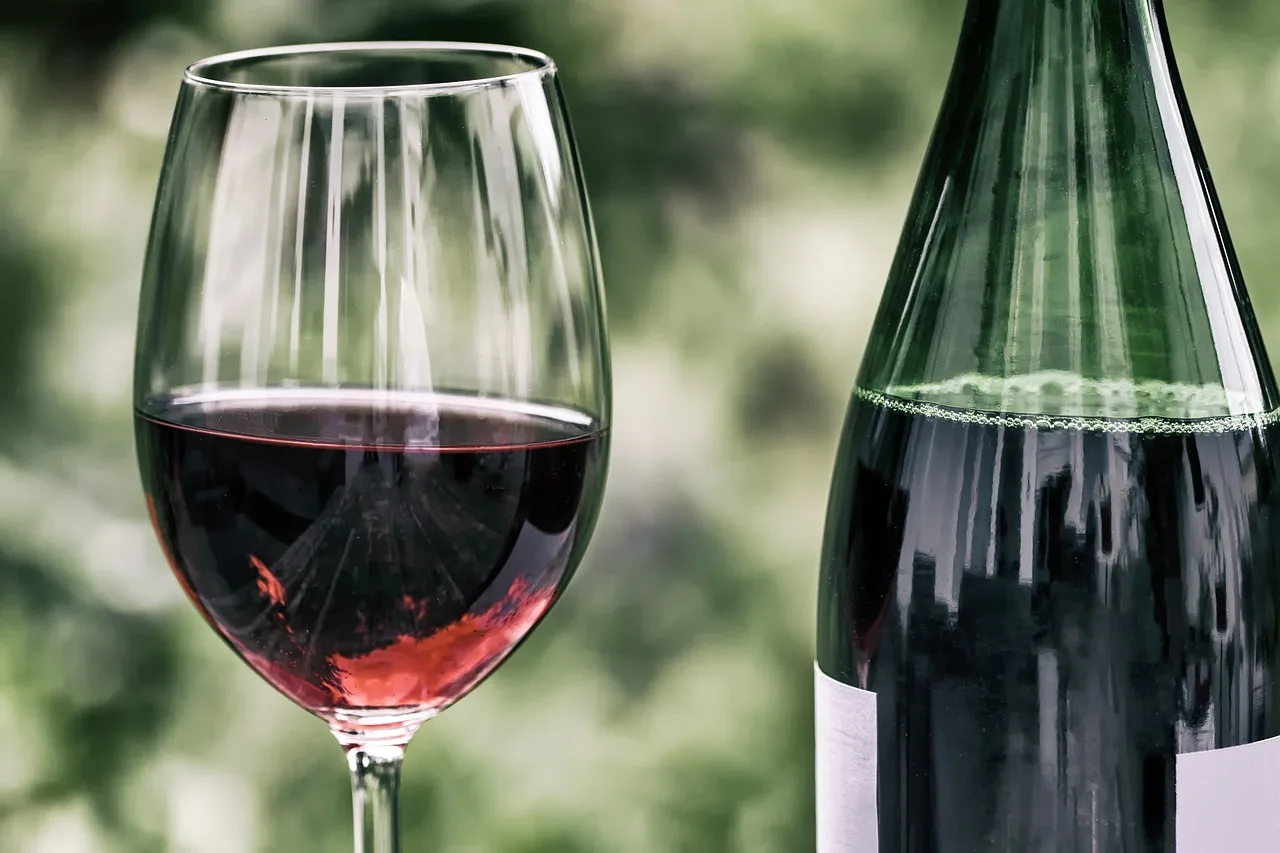Wine is a ubiquitous presence in our lives, be it as a celebratory drink, a dinnertime companion, an accompaniment to little nibbles, or an essential part of the “wine mom culture.” Wine can also be a sophisticated differentiation; A sommelier’s palate differs from that of a college student who is a Moscato enthusiast.
Table of Contents
A 2019 YouGov survey found that Americans who drink wine prefer red wine—albeit very slightly—over white or rosé. Red wine connoisseurs’ top picks were Zinfandel, Pinot Noir, Cabernet Sauvignon, and Merlot.
Before you open another bottle, consider the following information regarding its effects on your health.
Which Wine is the healthiest?

Dry white wine or any wine grown in a cooler area is the healthiest since it has less sugar and alcohol, according to registered dietitian Debbie Petitpain, who also serves as a spokeswoman for the Academy of Nutrition and Dietetics. This is the reason why:
Relative sugars, or natural sugars left over after the grapes are fermented, are present in some wines. Others have additional sugars, such as dessert wines. Another important component is alcohol, which is another way that wine contains concentrated calories. Other than calories, wine does not contain many nutrients, therefore you should look for a wine that is lower in sugar and alcohol.
Men should limit their alcohol intake to two drinks per day and women to one drink per day, according to the Dietary Guidelines for Americans. This refers to a typical 5-ounce glass of wine with an alcohol by volume (ABV) of 12%. Even a 5-ounce glass of a higher-alcohol wine (zinfandel, for instance, usually has an ABV of 14% or more) will put you above the suggested limit.
According to Petitpain, the average ABV of dry white wines is between 9 and 11%.
“You can enjoy a slightly larger pour without going over the recommended daily servings, or you can still have your five ounces but you’re not consuming quite as many calories,” adds Petitpain.
It matters where your wine is produced. Because warmer climates provide longer growing seasons, grapes ripen more fully before being harvested. Wines as a result have higher levels of alcohol and sugar. According to Wine Folly, some examples of cool climate wine areas are the northern regions of France, the Pacific Northwest, New York, Chile, Hungary, New Zealand, northern Italy, South Africa, Austria, Germany, and the northern regions of Greece and Macedonia.
Other than choosing the right kind, there aren’t many other methods to enjoy wine in the healthiest way. Try a non-alcoholic wine if taste is essential to you but you could do without the alcohol. If you plan to have multiple glasses, mix and match alcoholic and non-alcoholic beverages. Or turn your glass into a spritzer of wine.
“You can actually get a larger serving size without adding more alcohol or calories to your drink by diluting your wine slightly with club soda or even sparkling flavored water,” suggests Petitpain.
Is Wine healthy?

The advantages and disadvantages of moderate drinking are still being studied. Certain researches indicate possible associations between moderate red wine intake and longevity, or between moderate alcohol consumption and cognitive abilities. Others demonstrate that drinking alcohol has a detrimental impact on our health at all levels.
According to Petitpain, one thing that is certain is that medical professionals will never advise you to start drinking for health reasons. According to research, alcohol is never safe to consume while pregnant.
According to a previous interview with USA TODAY, the director of the National Institute on Alcohol Abuse and Alcoholism, excessive drinking can either cause or worsen around 200 different types of disorders.
Resveratrol, an antioxidant derived from grape skin with anti-inflammatory and disease-preventive qualities, is one type of antioxidant present in red wine. It’s in a few other wines as well. Additionally, foods like chocolate, peanuts, and tomato peel contain it.
Registered nutritionist Alex Aldeborgh previously told USA TODAY, “You would have to drink a lot of red wine to get those beneficial effects for your health, so (the recommended) one glass of red wine a day isn’t going to provide enough.”
Alcohol use may affect the risk of cardiovascular disease (CVD) in both positive and negative ways, according to a recent study published in BMC Medicine. The study looked at metabolites, which are substances’ leftovers that might be used as illness indicators. Seven of the 60 metabolites that were found showed a connection between a moderate alcohol consumption over time and a higher risk of CVD. Same drinking behavior was associated with a decreased risk of CVD according to three metabolites.
According to Petitpain, this study is only one piece of the puzzle that helps put the “complexity of alcohol” in perspective with general health. Determining the proportion of advantages derived from plant nutrients and alcohol throughout the grape fermentation process is one aspect of that.
Like most things, there’s probably a sweet spot wherein a small amount may preserve certain people’s health but too much actually starts to move in the wrong direction, according to Petitpain. “You could have some of this lower-alcohol wine without consuming too much.”
read also :5 Health Indicators of Heavy Alcohol Consumption
Wine is the healthiest Wine is the healthiest Wine is the healthiest Wine is the healthiest Wine is the healthiest Wine is the healthiest Wine is the healthiest Wine is the healthiest Wine is the healthiest
What is the healthiest wine to drink? Try a glass of this low-sugar alcohol. (msn.com)


2 thoughts on “Which Wine is the healthiest to consume? Sip some of this low-sugar alcoholic beverage.”